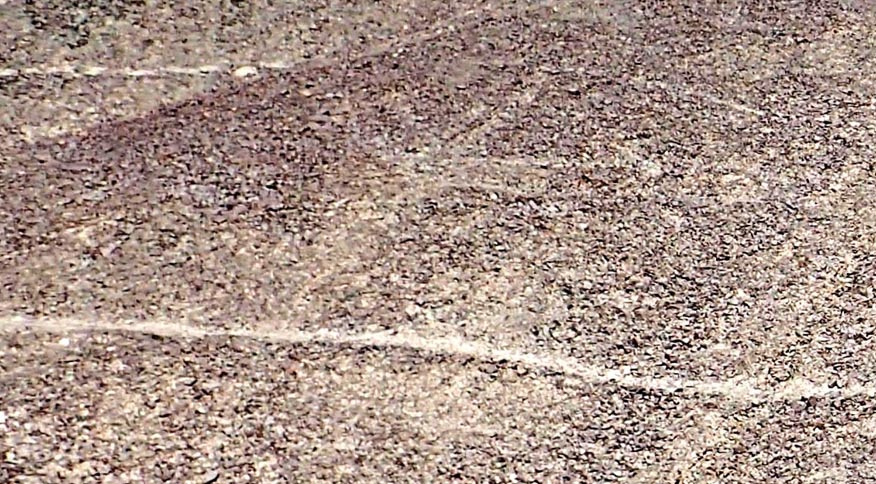Twenty Four more Ancient Geoglyphs Discovered in Nazca, Peru
In a surprising new discovery, researchers from the University of Yamagata in Japan have spotted 24 previously unknown geoglyphs in Peru’s famous Nazca Plateau, adding to the collection of hundreds of symbols and shapes that are carved across the Nazca landscape. It is believed that the newly-discovered geoglyphs are older than the hummingbird and monkey symbols – the most famous of all the Nazca lines.

A collection of Nazca geoglyphs including the humming bird (top left) and monkey (bottom left).
The Japan Times reports that the geoglyphs are located approximately 1.5km (0.5 miles) north of the town of Nazca, on the southern coast of Peru. Most of them are heavily eroded making their shapes difficult to make out. They were identified using 3D scanning equipment.
The geoglyphs of Nazca cover an incredible 450 km2. They are among archaeology's greatest enigmas because of their quantity, nature, size and continuity. The geoglyphs depict living creatures, stylized plants and imaginary beings, as well as geometric figures several kilometers long. The Nazca lines number in their thousands and the vast majority of them date from 200 BC to 500 AD, to a time when a people referred to as the Nazca inhabited the region.
The startling feature of the Nazca geoglyphs is that they can only really be appreciated from the air, raising questions about how and why they were created.

Parrot geoglyph at Nazca. (BigStockPhotos)
Most of the geoglyphs appear to represent llamas, while others appear to be geometric images. They range in size from 5 meters (16ft) to 20 meters (65ft) in length. They are believed to be among the oldest ever found at the UNESCO World Heritage site, having been dated to between 400 BC and 200 BC.
The 24 newly-discovered geoglyphs brings the total to 50 geoglyphs discovered by the Yamagata research team since 2004.
- The Nazca Head-hunters and their Trophy Heads
- Greenpeace treads on ancient Nazca lines site to urge renewable energy
- Invaders are destroying the incredible Nazca lines of Peru

Nazca Lines, Whale. (Wikimedia Commons)
Despite a plethora of research on these amazing creations, the purpose of the lines has eluded researchers ever since their discovery in 1927. Some scientists maintain they are linked to the heavens with some representing constellations in the night sky. Other experts believe the lines are connected with water, something vital to life yet hard to get in the desert, and may have played a part in water-based rituals. Still others have said they were intended as ‘messages to the gods’, or were created along ancient pilgrimage routes.
Featured image: A photo of an ancient geoglyph in the shape of a llama found by Yamagata University researchers on the Nazca Plateau in Peru. Photo courtesy of Yamagata University / Kyodo.

















